Archive for ‘Paper Mommy’ Category
Cool, Sustainable Packing and Shipping Solutions for Earth Day

Nobody will ever call Paper Doll an outdoorsy person. I’m as indoorsy as you can get. People shout about being “at one with nature” but I’m definitely at two with nature; we couldn’t be less compatible. When I saw this video, I thought, yeah, that’s me. (OK, it’s Retta. But philosophically, it’s me.)
So, in a “Ground Control to Major Tom” way, I definitely recognize that Earth is the only home we have, and with Earth Day 2024 just a week away, I’ve had some paper-related sustainability issues on my mind. In particular, after recently helping a client try to downsize, corral, and store packing and shipping materials that had taken over space in her home, I started looking at how we could reduce mess but be more planet-friendly.
TRADITIONAL SHIPPING AND PACKING SUPPLIES
When I was in college, Paper Mommy regularly sent me care packages: mail and magazines I’d received at the house, homemade baked goods and packaged snack surprises, articles from our hometown newspaper, and stick-figure cartoons she drew of herself with curly hair and big feet, signed off with funny and loving captions.
I’d pick up my package downstairs in the student union and then my friends and I would head upstairs to the dining hall, where I’d perform a show-and-tell of all the contents. There was always so much packing material that we all had a blob of it to throw in the trash along with the remains of our dining trays.
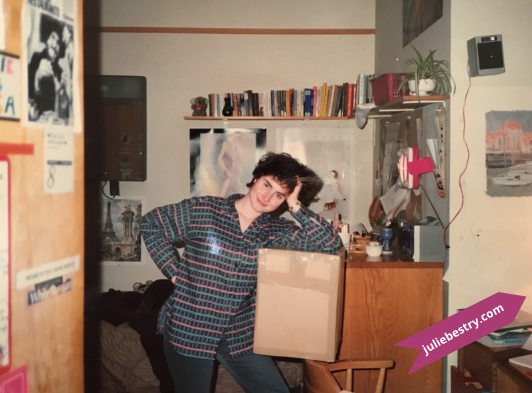
While the items in the care package were still memorable, the packing material wasn’t. She might have used bubble wrap, but this was definitely decades before we all had those plastic “air pillows” that come in our Amazon boxes. I suspect Paper Mommy alternated crumpled newspaper and styrofoam peanuts, depending on what she was shipping.
Newsprint
In the olden days, newsprint was commonly used as a packing supply. Newsprint is inexpensive, low-quality, absorbent paper; it’s made from coarse wood pulp and primarily used for printing — you guessed it — newspapers. So, people just crumpled their news and sports sections after having read them and turned them into box filling. (Sometimes Paper Mommy included the comics when she sent care packages so I could smooth them out and read the funny papers as an added treat.)
Printed newspapers are dying, so most people are unlikely to have enough on-hand to pack items for shipping. Unless you’re already a daily subscriber, it’s not an optimal solution. And you’re not going to want to buy weeks and weeks of newspapers in advance of packing delicate items for a move.
You can buy rolls or stacks of “clean” newsprint paper without ink. This is often used as packing paper for shipping and moving, and there are environmentally-friendly versions. For example, you can purchase pads of it, like this package of 360 sheets of Tree House paper. It’s soft, clean newsprint made of recyclable materials.
Reference Files Master Class (Part 3) — Medical Papers
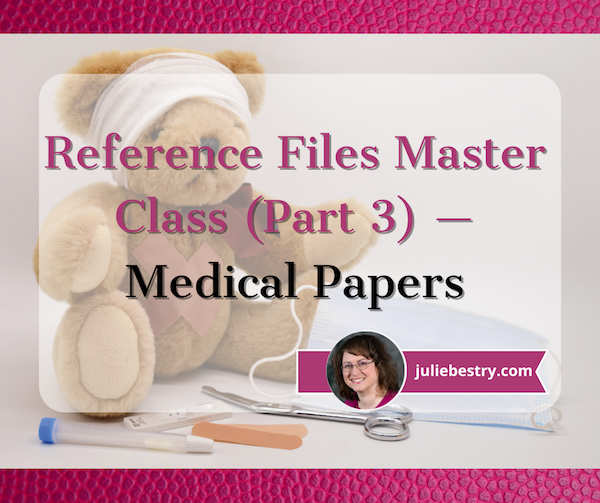
For our final post of Get Organized & Be Productive (GO) Month, we’re continuing our refresh of classic posts and essential concepts in paper organizing. So far, we’ve looked at:
Paper Doll Shares 12 Kinds of Paper To Declutter Now
Reference Files Master Class (Part 1) — The Essentials of Paper Filing
Reference Files Master Class (Part 2) — Financial and Legal Papers
Today, we continue onward with the next element of the reference papers in your personal or family filing system.
- Financial
- Legal
- Medical
- Household
- Personal
MEDICAL FILES
There’s a special name the information you maintain about your medical life: a personal health record (PHR). With the financial and legal documents we covered last week, I strongly recommended using to develop your file management skills; however, you’ll see that with medical information, I recommend a hybrid approach with paper and sometimes a digital one.
Your Role as Personal/Family Medical Historian
You may wonder why you might need to keep medical paperwork of any kind. After all, don’t the doctors all have your files? It’s not like the average person has a collection of all their own dental X-rays and test results laying around. But there are certain reasons you should keep at least some of your medical information, if not your actual records. For example:
- When you go to a new health care provider or visit the hospital, you will be asked for a detailed medical history. Will you really remember the years and types of all of your (or your family members’) illnesses, surgeries, and complications? Which physicians were seen and what their contact information was? Which medications caused allergic reactions? It’s your job to provide that information.
- If you change health insurance companies or apply for life insurance, you’ll have to provide a detailed medical history. If you are found to have given even the teeniest of wrong answers, your policy could be voided retroactively and you could be on the hook for hundreds of thousands of dollars of healthcare!
- First responders may need information in a hurry. This is why you need to keep updated copies of your medication lists (medication names, dosages, prescribing physicians) in multiple places, immediately accessible. (See Organize to Help First Responders: The Vial Of Life for details on this specific issue.)
- Quick access to accurate information may determine a medical course of action. For example, if your college student calls to say they had a minor accident and the student health center wants to know how long ago they had a tetanus booster, don’t you want to give the right answer? (Better yet, arm your adult kids with copies of their records so they’ll know!)
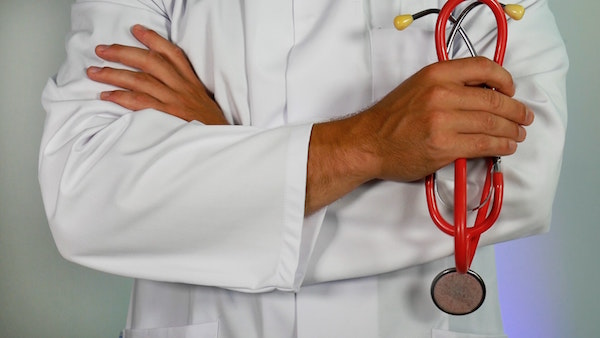
Doctor With Stethascope Photo by Online Marketing impulsq on Unsplash
- If you’re in the ER or at Urgent Care and are asked a question about your medical history, you can’t rely on your primary care physician’s records. The doctor’s staff may be unreachable on weekends and holidays, or in the evenings, or on inclement weather days.
- Your physician or dentist may retire with little notice, giving you no chance to get copies of records. (I’ve had three doctors and a dentist retire in the last 5 years. Yes, I’m starting to take it personally!)
- If you can prove you’ve already been tested for certain things, you may be able to avoid unnecessary (and expensive) medical tests.
- If you have proof of immunizations, you can make sure you’re protected against all sorts of yuckies without having duplicate ouchies! (Yes, these are the correct medical terms.) Proof also ensures that your children can attend school or go to summer camp. (You do not want to spend the days prior to driving cross-country to your student’s new campus rushing to find a physician who will squeeze your 18-year-old in for shots.)
- Speaking of immunizations, if you ever work or vacation outside North America, you may need proof of health and immunization for travel; you don’t want to have to contact your doctor over and over and be beholden to their convenience and schedules. (For more, check the CDC’s Yellow Book on Traveler’s Health.)
Additionally, you may be responsible for making decisions or overseeing care for someone else. This might be your child or your spouse, where you can rely on your memory. But what if you’re involved in the care of an elderly and/or ailing relative? Wouldn’t you prefer they had this information organized and available to you?
And what if you’re the one who is ill and needing someone to advocate for your medical well-being? While it’s important for your healthcare proxy (the person with your medical Power of Attorney) to have access to the full picture, sometimes it’s just helpful for your loved ones to be able to provide educated input when you are feeling woozy or distressed.
Methods for Organizing Medical Information
To start, create a hanging folder for each person in the household. How many internal folders you’ll need for each person depends on how much information pertains to each individual.
One folder may suffice for younger, healthier individuals with limited records. However, my clients often use three — one for medical information, one for dental information (often including extensive orthodontia plans), and one for vision (to track vision changes and safely keep eyeglass or contact lens prescriptions until needed). If anyone in the family has a specific, ongoing medical condition (diabetes, arthritis, etc.) add extra interior folders as needed so you can track specialized medical information.
There are other auxiliary methods for maintaining medical records:
- 3-ring binders — If you or someone in your family has a complicated medical situation, a chronic illness, or is undergoing cancer treatment or dialysis, and is visiting many doctors and hospitals, often having to supply information repeatedly, a sectioned-three ring binder for mobile use may make it easier for you to take notes or have providers make copies of your information. Consider this an adjunct to your paper file system, with sections for appointment dates, notes, special instructions, and test results.
- Medical Organizer — If you are in college or newly graduated, your filing space in a dorm or small apartment may be limited. To get you started, you may want to use a something like the multi-pocked Smead All-in-One Healthcare and Wellness Organizer.
Paper Doll Carries On About Everyday Carry: What’s In Your Bag?
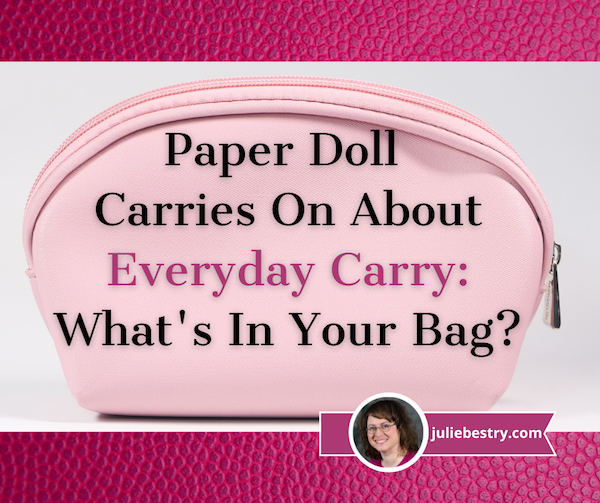 Are you familiar with Everyday Carry? Yes, it sounds more like a branding title for a line of messenger bags than an entire movement that ranges from “the things you schlep each day” to a massive platform for self-identification. But it is both the latter and, to a less dangerous degree than some political affiliations, very much the former.
Are you familiar with Everyday Carry? Yes, it sounds more like a branding title for a line of messenger bags than an entire movement that ranges from “the things you schlep each day” to a massive platform for self-identification. But it is both the latter and, to a less dangerous degree than some political affiliations, very much the former.
WHAT IS EVERYDAY CARRY (EDC)?
When I first heard of the term “everyday carry” about a decade ago, I was reading Kevin Kelly’s superb Cool Tools blog. The blog is really aptly named, as it’s a smörgasbord of, well, really cool — and usually inexpensive — tools for solving life’s problems. It’s like having a circle of really resourceful friends writing about their latest finds.
I’d happened upon the blog via one or another random newsletters that had mentioned Kelly’s “What’s In My Bag?” section of his blog, which often hinged on average people (or possibly semi-famous people I didn’t recognize) talking about their organizing-related products and systems.
The above term “bag” should be taken loosely. For example, a recent post by writer and photographer Nicole Harkin answered, “What’s In My Drawer,” with a variety of oddities in her kitchen drawer. Sometimes, the bag is a larger space, like Chris Askwith’s “What’s In My Workshop?”
And another subset of the kinds of cool tools list appearing on the blog would be “everday carry” pocket tools: small pens, tiny versions of flashlights, pocket knives, itty-bitty compasses and levels, pry bars, battery chargers, multitools, carabiners, S-biners, miniature lighters, and all manner of things that good scouts might carry to be prepared.
It seemed quaint when I first noticed these occasional posts, but the more I surfed the “technology bro” corners of the web over the years (as productivity and technology realms often overlap), the closer a look I got at some of the trends in this area.
A tech friend who spends a lot of time on his bike told me that outdoorsy types (already, a category of human unlikely to cross paths with indoorsy Paper Doll) who biked, hiked, camped, and did similar activities where bugs and crawling/biting things live, tended to hang out in online forums to talk about the stuff they “carried” daily.
As in, things they carried every day when they were taking the subway or getting cake in the break room or flying to conferences in Pittsburgh or Dubuque, generally indoors, where they had no need to start life-saving fires, send an SOS, or rig a floatation device out of their cargo pants!
In the summer of 2019, before the pandemic meant that we were all at home and didn’t need to carry anything a greater distance than from the couch to the kitchen, Vox‘s Stephen T. Wright (not to be confused with the comedian Stephen Wright, who would likely have a bizarre field day with the topic) wrote, Meet the Men Obsessed with Carrying All the Right Stuff.
For some people, EDC (as those in the know apparently call it) is all about being prepared for any and every eventuality, in a scoutmaster-approved manner. But for others, it can become a realm of competition; instead of buying the fanciest car or the newest phone, some folks seek out the teeniest, weeniest “thing” that can do the most stuff. Hence, for example, all the different types of multitools.
I’ll leave you to the Vox article to explore the EDC subcultures, which tends to be predominantly male, knife-heavy, and painted in black or camouflage-adjacent colors; less often, they are miniaturized and as geeky as possible. In some corners of the web, GQ-friendly stylings are also popular. If you want to explore the concept, you can visit:
- The @EverydayCarry Twitter Account
With a solid and versatile set of #EDC tools at his disposal, Adolfo can keep most of his bases covered on weekends without packing too much gear.https://t.co/g4cvteatpF pic.twitter.com/l8hkuxYiqJ
— Everyday Carry (@everydaycarry) March 11, 2022
- Everyday Carry review website
- Carryology Blog
- The Gear Journal
- Urban EDC Supply
- EDC Blog
- The Manual’s Beginner’s Guide to Everyday Carry
WHAT’S MISSING FROM THE EDC ARENA?
Over the past decade, I’ve seen the references to everyday carry expand to the point that many of the design and technology blogs and accounts I read have regular everyday carry features. What do they all have in common? I note three things:
- A focus on tiny metal objects
- A focus on efficiency and preparedness at all costs
- A focus on the needs (and wants) of dudes
Before you tell me that women need the same things on a daily basis as men, I’ll stop you. All of us who grew up on 1970s television shows, boys and girls, expected that at some point we’d have to save ourselves from quicksand. We were prepared equally. But for the reality of our modern lives?
Yes, men and women have similar survival needs for making it through a day of hiking or white water rafting. But a day in the workplace? A walk through a parking garage at night? Not so much.
How many men do you know who carry pepper spray, a rape whistle, or one of those doohickeys where you pull out a tab and a horrendous, high-pitched alarm goes off?
When you look around, whom do you generally see carrying diaper bags? Who is blowing the noses of tiny humans with their inexhaustible supply of tissues? Who is prepared for rest rooms that have no soap or toilet paper?
Who is carrying the aspirin and tummy meds, the bandaids, the emery boards (for snagged nails), the extra masks, not just for ourselves, but because they’re are more likely to be the guardians of not only their own kids, but their kids’ friends and even random strangers?
The not-dudes.
My point isn’t that the male-centric EDC communities are bad, just that the competitive, posturing nature of some sub-groups can be a bit silly.
Preparedness is good. There just don’t seem to be many communities where the people coming together to talk about women’s EDC needs are discussed.
That doesn’t mean there aren’t resources. I’ve gathered some EDC articles written especially for women. These pieces have great tips for hiding your cash (in places dude-thieves are definitely not going to look), dealing with hygiene emergencies, and protecting personal safety, as well as coping with the universal 21st-century problems like a dead phone battery or the need for an itty-bitty flashlight.
Primal Survivor’s Women’s EDC Checklist: 17 Survival Items to Carry Every Day
Pew Pew Tactical’s Best Everyday Carry (EDC) Items List For Women
Tactical.com’s EDC Gear Women Should Never Leave Home Without
Everyday Carry Experts’ These EDC Items Should Be In Any Woman’s Purse
WHAT ABOUT THE EVERYDAY EVERYDAY CARRY?
So, let’s move beyond the emergent and urgent needs of so-called everyday carry. What about the plain old quotidian things we actually need to carry?
I’ll be honest, I can’t figure out why Paper Mommy‘s purse is so heavy. She’s been searching for the perfect purse since the Eisenhower administration, and I’ve accompanied her on a variety of purse-shopping adventures, so I know her requirements for inside and outside zippered compartments, pockets, and divided sections. What I can’t figure out is why it weighs more than my friend’s toddler (when he’s wearing a full-on snowsuit and boots).
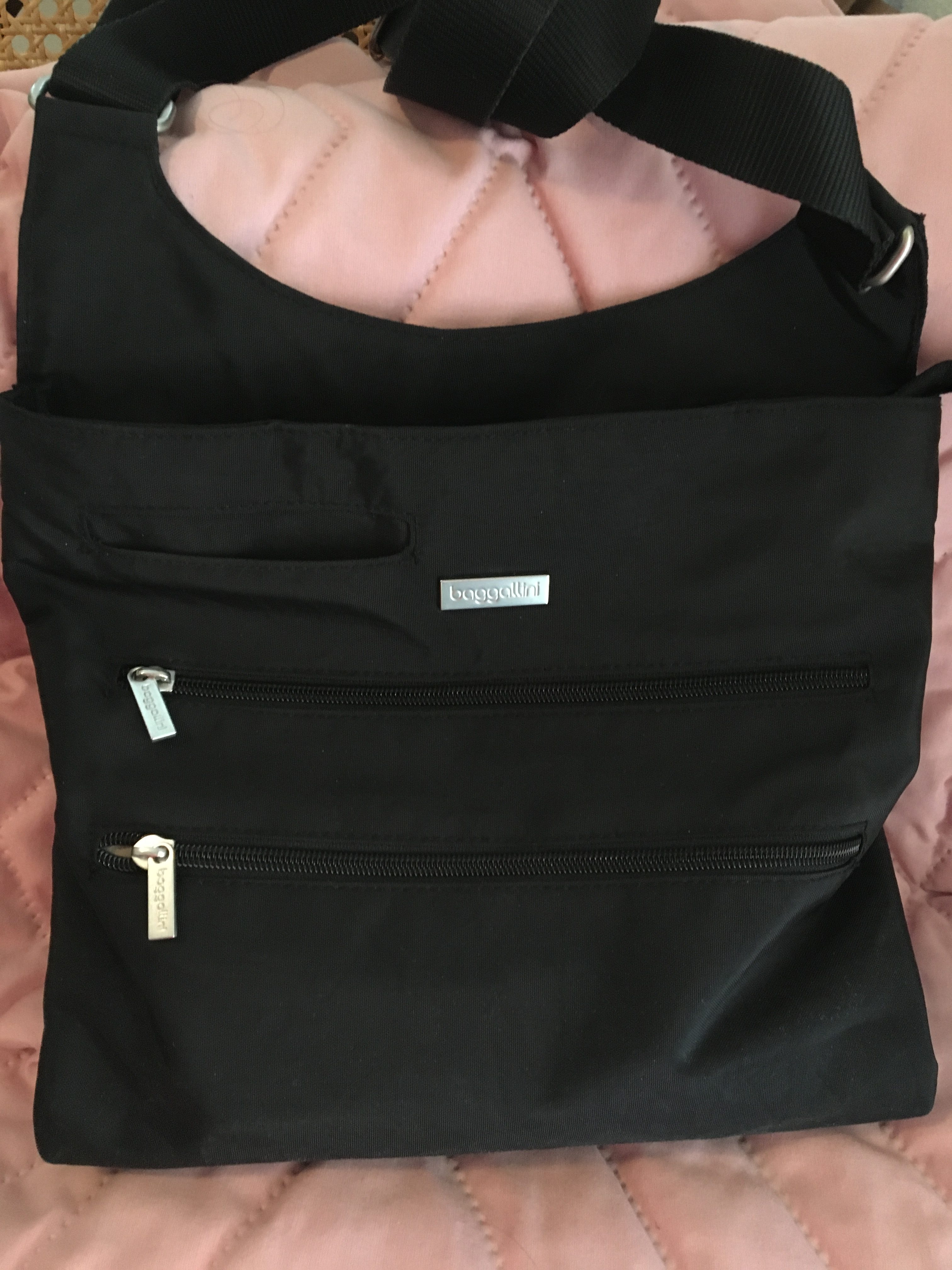
(After this Baggalini cross-body purse got me through two weeks in Italy, I realized that it was the ideal bag for everyday living. BTW, to nobody’s surprise, Paper Mommy picked it out.)
My own personal everyday carry is probably typical for a woman sans tiny humans, and doesn’t involve most of the things recommended in the articles above. I keep my phone charged, trust my car charger, and have my AAA card in my wallet and the app on my phone.
I probably can’t MacGyver much, but with the exception of the time Paper Mommy dropped her keys down the elevator shaft and we had to call upon the ingenuity of someone with rare Earth magnets and an approximation of a fishing pole, I’ve rarely needed much more to survive a typical day than the items in my purse, catalogued just now as:
- Cell phone
- Wallet
- Keys
- Business card case
- Compact (e.g., face powder, for the younger readers)
- 2 lipsticks
- Eyeglass case
- Hair scrunchie
- KN95 mask
- Stack of Starbucks gift cards (because people keep giving them to me as gifts and I almost never go there, so I give them to unhoused persons when it seems someone could really use a hot beverage or a meal)
- Individually-packaged antibacterial hand wipes (which I carried pre-pandemic)
- Tiny satin cosmetic bag for corralling hand sanitizer (and ensuring it doesn’t leak into my purse), ear buds for my phone, half a stack of pink Post-it® Notes, and a pen (so I don’t have to touch the pen at the reception desk in the doctor’s office or when signing a credit card slip).
My purse is a fairly light, but I’m no minimalist. I check a bag for every flight, and plan multiple outfits of every day of any vacation. When I was younger, I tried going out with just an ATM card and driver’s license tucked into my business card case, a lipstick in my pocket, and keys on a coiled bracelet. I felt naked.
WHAT ABOUT A PROFESSIONAL ORGANIZER’S EVERYDAY CARRY?
Ah, now there you’ve got me. My everyday carry for my in-person work with clients is a masterwork of precision. It’s the perfect combination of bag and contents.
When I first read Geralin Thomas‘ post ZÜCA Takes The Lug Out of Luggage, I was intrigued by her dazzling review ZÜCA‘s products. (Rolling suitcases with drawers and a built-in seat? Sign me up!)
The next time I saw Geralin, she was stopping traffic at the NAPO conference expo with her gorgeous ZÜCA Business Backpack.
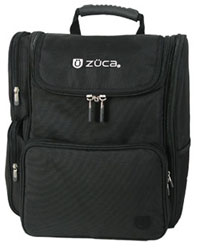
Within weeks, I owned one too, and it looks and works pretty much as it did 13 years ago. If anything (heaven forbid) ever happened to it, I’d get another one exactly like it without a second thought.
So, what makes the ZÜCA Business Backback so nifty as an everyday carry (for all my EDC essentials)?
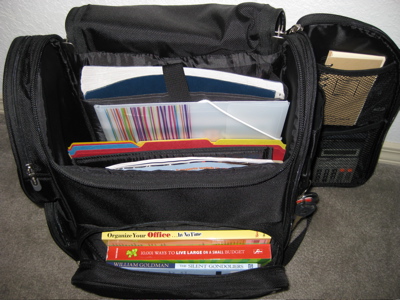
A lower-front zipped portion that, once unzipped, opens toward the user, like a glove compartment or an oven door. It’s suitable for small gadgets, but ideal for hardcover or paperback books you’ve selected to read on the plane or train. It’s also the perfect size and shape to stow your ticket, itinerary and other travel documents.
For my everyday carry, it’s stocked with my ancient Brother P-Touch PT-65 label-maker (20 years old and it keeps on ticking, but nowadays you’d want the PTD210) and some 12mm black-on-white label maker tape.
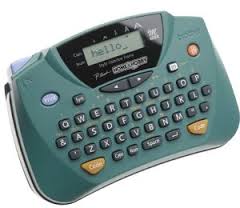
That compartment usually holds index cards and sticky notes for helping temporarily label client’s sorted paper piles, a small toiletry kit with a toothbrush, mini-toothpaste, and other hygiene tiems, and my Anker PowerCore5000 Portable Charger.
Introducing “Ask Paper Doll” — Organizing Advice for the Third Millennium
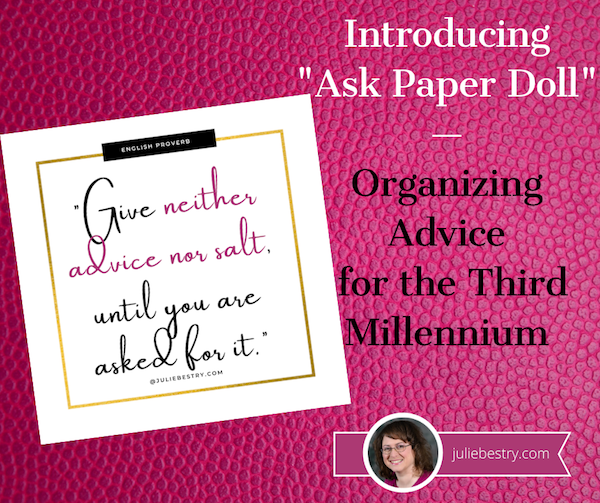
In Shakespeare’s Hamlet, Polonius freely gave his son Laertes some advice, most notably, “This above all: To thine own self be true.” (Fans of both Shakespeare and Paper Doll will note that I don’t always follow Polonius’ second-best-known advice, “Brevity is the soul of wit.”)
Known as “agony aunts” in the UK in the late 1800s and early 1900s, we know them as advice columnists. Twin sisters Abigail Van Buren and Ann Landers (Pauline Phillips and Esther Lederer), doled out relationship and other guidance, often in “zinger” format, in competing newspapers over more than half a century. Examples of the lighter variety:
Dear Abby: I know boys will be boys, but my ‘boy’ is seventy-three and he’s still chasing women. Any suggestions? —Annie
Dear Annie: Don’t worry. My dog has been chasing cars for years, but if he ever caught one, he wouldn’t know what to do with it.
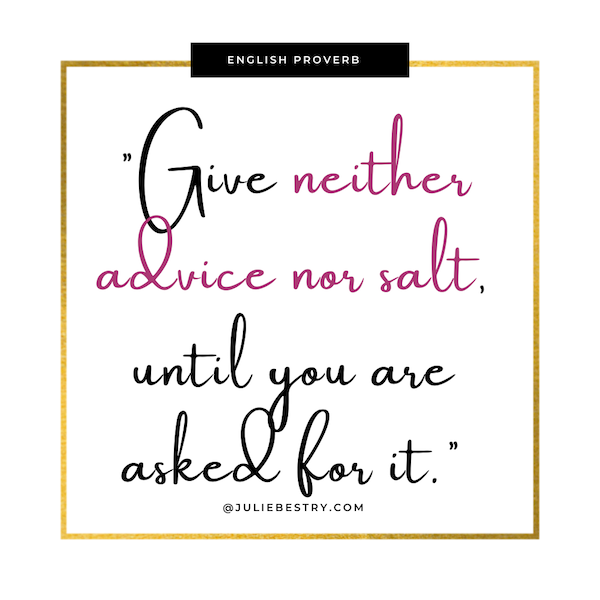
As a recent arrival in the United States in the early days of the 20th-century, my Poppy (Paper Mommy‘s father) used to read a Yiddish column in the Jewish Daily Forward called A Bintel Brief (“a bundle of letters”) answering questions from new immigrants. (A Bintel Brief continues to this day, but online, and in English, and is written by two women named Abby!)
And busy-bee First Lady Eleanor Roosevelt wrote If You Ask Me for Ladies Home Journal and McCall’s.
When I was in elementary school, I read the comics pages and Dear Abby every morning, rarely fully understanding the problems, let alone the advice, but (pre-Google) there was huge appeal in the idea that there was someone out there who could answer burning questions. As a teen, I read the horrifying advice in Ladies Home Journal‘s long-running Can This Marriage Be Saved? (I often suspected it could, but ought not.) Nowadays, there are all manner of advice-givers on a variety of topics, including Dear Amy, Dear Prudence, Dear Sugar, Miss Manners, and others.
I don’t just like reading advice, I like giving it. To steal from radio therapist (and famed chef of tossed salads and scrambled eggs),
Hey baby I hear the blues a-callin’ pic.twitter.com/yKSDR1TaPM
— Sean Leahy (@thepunningman) February 8, 2018
Frasier Crane, I have never known the luxury of an unexpressed thought. (Editor’s note: As this post was going to press, I learned that while I’d first heard the quote on Frasier, it appears to have originated with United States Senate Minority Leader Everett Dirksen.)
I don't just like reading advice, I like giving it. To steal from radio therapist and chef of tossed salads and scrambled eggs, Frasier Crane, I have never known the luxury of an unexpressed thought. Share on XWhat may contribute to my family’s dismay — “know-it-all” may have been an aspersion cast at some point — this is somewhat to the advantage of my clients. And at my speaking engagements, the Q&A portions of the event have sometimes lasted longer than the presentations themselves, and more than once, I’ve continued holding forth as attendees followed me to my car.
As the Press Room page of this site attests, I am extremely lucky (and grateful) to get some great opportunities to share my advice. In 2020 alone, I got to serve as an “expert” for Real Simple Magazine in four issues (February, May, October, and November) talking about organizing challenges as varied as purses, medicine cabinets, garages, and electronic cables and wires!
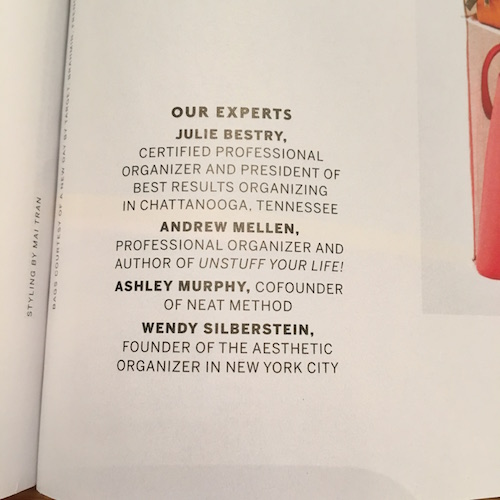
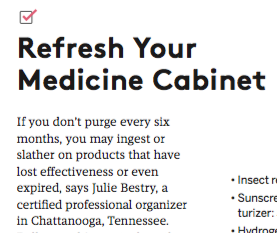
Just last week, the first week of the new year, I got to contribute my insights to roundups for Hire-A-Helper’s “We Asked 12 Professionals How They Made Their Moves Easier,” as well as Geralin Thomas’ “Tools of the Trade for Professional Organizers,” and Ronni Eisenberg’s “The Best of the Best Advice On How To Get Organized In 2021 — Part 2.” And my past advice on organizing for the new year has been updated at Dumpsters.com’s Take the 30 Day Decluttering Challenge.
You just can’t shut me up!
In part, my love of sharing advice about organizing and productivity is what encouraged me to start the Paper Doll blog in 2007. Over the years, I’ve had the opportunity to participate in Janet Barclay‘s Productivity and Organizing Blog Carnivals, and having contributed 50 posts to the carnivals, I have now achieved Megastar Blogger status, shared with five other organizing blogger colleagues: Ellen Delap, Audrey Cupo, Linda Samuels, Hazel Thornton, and Sabrina Quairoli.
As I start my 20th year as a professional organizer and productivity consultant, I want to add something different to the conversation. A brand-spanking-new, recurring feature of this blog will be Ask Paper Doll, an opportunity for you to ask your questions about organizing. I hope you’ll consider me the Dear Abby of the organizing and productivity set for this third decade of the third millennium.
When the Paper Doll blog first launched, not on my own platform, but on Ramona Creel‘s late, lamented OnlineOrganizing.com, under the title Paper Doll, Tackling the Stacks and Piles, the description read:
 Periodic Ask Paper Doll posts will cover the same sorts of things, including (but not limited to) organizing paper, information, and our behavioral approaches toward being more productive and organized. First up will be a request from a friend of several decades, the result of a Twitter conversation.
Periodic Ask Paper Doll posts will cover the same sorts of things, including (but not limited to) organizing paper, information, and our behavioral approaches toward being more productive and organized. First up will be a request from a friend of several decades, the result of a Twitter conversation.
My alma mater had its annual Cornell Cares Day this weekend, a day of service for students and alumni, and along with sharing the link, I included one of the ways to get involved that was most up my alley: “Clean out closets and donate clothes, toys, and books.” In reply, my friend wrote:
 My love for giving advice kicked in, and I promised I’d write a blog post “just for her” on the subject of donating books. That will be the first Ask Paper Doll post.
My love for giving advice kicked in, and I promised I’d write a blog post “just for her” on the subject of donating books. That will be the first Ask Paper Doll post.
Here’s where you come in. What would Abby and Ann have done without their readers? (OK, they’d probably have just made questions up, but we’re not going to do this.) Already, in testing the idea out, questions have included:
- “My get-up-and-go has got up and went! How do I stick with my goals and resolutions?”
- “How do I convince my spouse to be more organized?” (I promise this won’t become a modern-day “Can This Marriage Be Saved?”)
- “What if none of my stuff gives me JOY? Does that mean I can toss my tax returns?”
- …and a ton of questions on organizing health insurance paperwork!
If you have any burning questions you’d like to submit to future Ask Paper Doll columns, feel free to use the Contact page here at Best Results Organizing (putting “ASK PAPER DOLL” in the subject line), or message me on any of the social media links on this page. If you don’t want your identity included, just provide a nom de plume, like Cluttered in Cleveland, and we’ll go from there.
P.S. To be clear, I am my mother’s daughter. In my family, we refer to asking advice of Paper Mommy as “opening the Mommy Encyclopedia,” and the May 2020 (Mother’s Day) issue of Real Simple included my answer about the best advice my mom gave me:
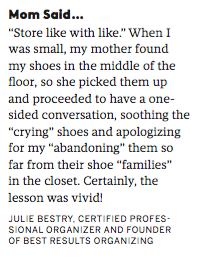
At least you know that I come by it honestly.
The Great Mesozoic Law Office Purge of 2015: A Professional Organizer’s Family Tale
Longtime readers of Paper Doll may have noticed that I’ve been on hiatus for much of the summer. It began in early July, when I embarked on what I detailed to my Facebook friends as The Great Mesozoic Law Office Purge of 2015. My father, a retired attorney and judge, didn’t really walk with dinosaurs, but he began his practice of law just about when Harry Truman struck this pose:
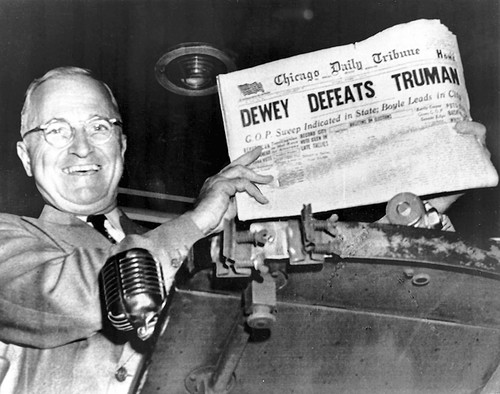 In his 90’s now, my father had not visited his law office in a few years and it was time to close it down. For about 45 years, my father was part of a downtown law firm. I can recall the scent of leather and old paper, the hum of the IBM Selectric typewriters and the mammoth floor-to-ceiling library. Some time after I left graduate school and moved out of state, that old law firm broke up and my father moved to his own suburban office suite. With him went a (still huge) subset of the books, and all of his case files dating back to 1948. And, honestly, every piece of paper he had ever touched.
In his 90’s now, my father had not visited his law office in a few years and it was time to close it down. For about 45 years, my father was part of a downtown law firm. I can recall the scent of leather and old paper, the hum of the IBM Selectric typewriters and the mammoth floor-to-ceiling library. Some time after I left graduate school and moved out of state, that old law firm broke up and my father moved to his own suburban office suite. With him went a (still huge) subset of the books, and all of his case files dating back to 1948. And, honestly, every piece of paper he had ever touched.
With a mind for law but not for organizing or time management, The Judge (as he’s still generally known) was always the antithesis of Paper Mommy, at whose knee my organizing skills were first learned. With a revolving door of secretaries (much like Murphy Brown’s experience), the next two and a half decades did not see an improvement of his solo organizational skills or systems.
THE PROJECT
Prior to my arrival, my mother and sister had reduced the clutter somewhat, discarding office supply catalogs from 1987 and various DOS manuals. (The office never did transition past Windows 3.1.) Still, after months of labor on Paper Mommy‘s part, this was the sight to which I arrived:
That door back at the far left leads to a file room containing the majority of the 63 completely filled file drawers in the office.
I counted four printers, none much smaller than a VW Microbus, and not one of them was actually hooked up to a computer. That was not much of a hinderance, as the word around the office was that neither of the two computers had worked in many years. There were also two electric typewriters, a step up from the old Mad Men-style Selectrics: one circa 1980, and one portable (likely Paper Doll‘s from college). There was also a photocopier the size of my first dorm room taking up most of the middle of that file room.
Over the course of my time back home, we plowed through the various rooms, identifying items essential to keep for legal, financial, or sentimental reasons, and reducing clutter to four major categories:
- Charitable donations
- Recycling
- Trash
- Shredding
I can’t say we whistled while we worked, but my mother and I chummily shouted questions and guidance back and forth across the rooms. Other occupants of the building often wandered by and peeked in, not shocked by the clutter (about which they knew) but by the steady progress. Even outsiders expressed some curiosity:
Each day, the hallway filled with satisfying piles of trash bags which magically disappeared overnight.
Each day, as we inhaled the stale air of the Eisenhower era, we forged onward. As with my organizing clients, I tried to give my mother the interesting folders to peruse. Meanwhile, I focused on the Zen-like plodding (of opening each and every file in most of those 63 file drawers) to identify which documents were not exactly as labeled, and to verify whether they could be shredded.
UNEARTHED “TREASURES”
Over the course of week, amid the legal research, pleadings, real estate purchases, and wills of people who have long since gone off to their great reward, we found the expected and the mysterious. Dozens of identically-sized, never-opened boxes of tax-preparation instruction booklets created a faux-brick wall. Long before Costco, my father bought in bulk, and there were boxes and piles of hundreds of pristine yellow legal pads. You may recall a Paper Doll post from earlier in the summer about how terrible most after-market hanging file rails are. Well, we found boxes of them, both used and never opened.
My sister implored me to be sure to find some items worthy of Antiques Road Show. That, sadly, did not happen. Outside of legal paperwork, we found the same kinds of materials that I see in my clients’ homes and offices, things that seemed important when they tucked them away, but not so valuable many years later. Stacks of New York City hotel stationery, bound in a small portfolio, were covered with cramped notes from a bar exam prep course in 1948. This newspaper regaled the activities in our suburb, circa 1975, for the septquicentennial. (Did you even know that was a thing?)
No one in our family, or in our circle of friends, or anyone we could identify, was mentioned. This is the kind of thing about which a client might squirm. “Someone might want it some day.” Perhaps. But we are not curators of a museum for long-gone strangers, and we did not have the space to take on these kinds of obligations.
We also found a sealed envelope with a key to my (maternal) grandmother’s safe deposit box in Florida. She died in 2001, but we knew the box had been cleared out and closed long before that. My father labeled the sealed envelope holding the key, “Key to E’s safe deposit box that has been closed. This key is useless.”
As one does.
I must admit, we did find some nifty items. The first mystery was this vintage “1945 British Buttner Smoking Pipe Steel Tool w/Hardened Ground Edges,” as eBay described it. We didn’t know what it was at the time, and might never have guessed without the help of Google and friends on social media, as I’d never seen my father smoke a pipe.
Another conundrum was this little machine. Think you know what it is? Not so fast!
Nope, it’s not an adding machine, in case that’s what you were thinking. A Protectograph is a check-writing machine, and was used long before online banking or Quicken-linked printers.
Intriguing, but a little research showed that these long-kept items had no significant financial value. Indeed, the greatest appeal of anything in The Purge was one of my father’s (many) box-style leather briefcases, which looked like old-fashioned suitcases. We’d set them out in the hallway with the trash, as they were broken and bruised, but a young man in the building was delighted to carry one off, intending to carve it into a retro-style stereo case. One man’s trash is indeed another’s treasure.
Perhaps the most exciting thing to be unearthed during this process was personal rather than tangible. A small stack of letters on onionskin paper, sandwiched between 1970s medical bills, contained an interesting mid-1950s correspondence between my father and a Rochester, New York school district. From those letters, I learned that my paternal grandfather’s first and last names were not originally what I had believed them to be, and I learned the names of both sets of my paternal great-grandparents, people about whom I’d previously known, literally, nothing.
Entirely coincidentally, upon returning from the trip, I was contacted a distant cousin, a family genealogist, who was able to provide two photos of my grandfather. This one, circa 1890, shows him on the right.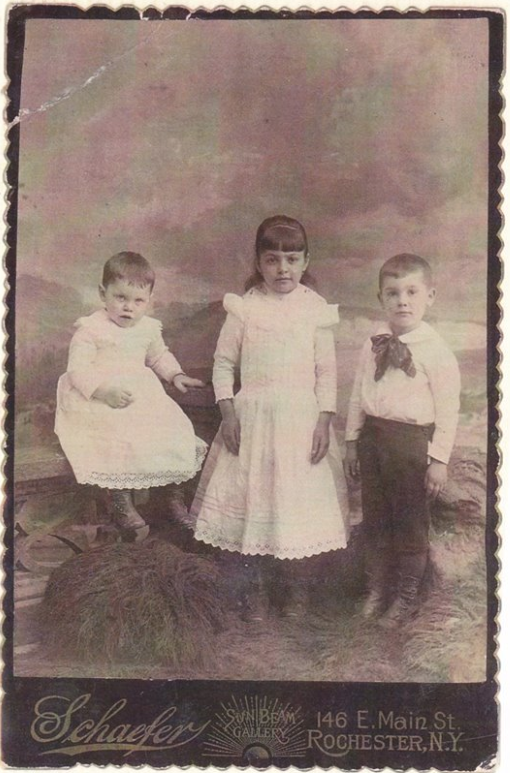
Standing on the far right in the next photo, taken a few years later, he appears to be an extra from Downton Abbey.
ENTERTAINMENT VALUE
When I work with organizing clients, we often find unexpected amusement amid the daily labor. This project was no exception.
To get the first set of large boxes of donations out to the car, Kim, the building manager, and Ed, a nice gentleman from an office upstairs, helped me maneuver a large rolling cart. We got it down the ramp, but just as we made it to the parking lot, a front wheel fell off. Ed and I held it up while Kim tried to put it back on. We rolled perhaps 10 feet, and one of the back wheels fell off. Then, after the car got loaded and we started rolling back to the building, the front cart handle fell off, leaving it largely unmaneuverable and me looking for Candid Camera.
However, the big Lucy & Ethel moment came when Paper Mommy and I were taking boxes to the car for another round of donations. After the rolling cart disaster, I opted to carry the heavy box, as my mother was certain she could carry the smaller, lighter box as well as her purse. Unfortunately, when the elevator came, she dropped her key ring containing her house and car keys down the elevator shaft, between the hall and the elevator.
Eventually, the same Ed of the leper-like rolling cart tale, attached some super-strong magnets to the bottom of a metal pole, and when that wasn’t long enough, Kelly, a woman in the building, taped her Apple lightning cable to it. I held open the elevator, Ed held the flashlight and went fishing with the pole, cable, and magnets, Kelli scooped the keys up as they got close to floor level…and my mother prayed.
LESSONS LEARNED
Certainly I wasn’t surprised by the organizing challenges of the Great Mesozoic Law Office Purge of 2015. I practically wrote the book on it. (Oh, wait, I did write the book on it. But don’t buy the used copy on Amazon for a marked-up zillion dollars; wait for the second edition.) None of these tactics should come as a surprise to readers of this blog, let’s review a few of the basics.
Keep personal and business paperwork separate. A few posts to help you start might include:
Business:
Paper Doll Gives You the Business (Files) — Part 1
Paper Doll Gives You The Business (Files) — Part 2: Reference Papers
Paper Doll Shares the Gospel: Creating A Business Bible
Personal:
Family Filing—As easy as (eating) pie
Financial Filing—Scrapbooking snapshots of your money’s life
Mom, why is there a receipt stuffed in the turkey?
I Fought the Law…and the Paperwork Won!
Patient: “Doctor, it hurts when I do this.” Doctor: “Then don’t do that!”
Paper Dolls Live In Paper Households
I Hope Nobody Ever Writes a Nasty Tell-All Called “Paper Doll Dearest”!
Have a system for separating papers into categories. The alphabet may be a great organizing principle around which to file things by name, but it doesn’t work particularly well for active projects and research in progress.
Label your files accurately. Start with How To Avoid Paper Management Mistakes–Part 3: Libel of Labels.
Anticipate acquisitions and develop a plan for periodic purging of active files. Peek at How To Avoid Paper Management Mistakes–Part 2: Fat Vs. Skinny Jeans to get started.
If you run out of room for files, the alternatives are to reduce the number of files (or papers in the files) or create space for archived documents. Trust Paper Doll, a couch is not a superior choice.
Schedule time regularly to review your possessions and purge items that are not necessary. (Labeling an envelope, “This key is useless” isn’t ideal.)
Don’t keep your system a secret. My father had created a three-page letter for my mother, carefully detailing where important documents could be found. In 1979. While many of the files were in the same cabinets, the cabinets (remember those 63 file drawers?) were not in the same order, nor in the same rooms, nor in the same building they had been. We can only hope the important papers that were in “a big, black metal safe” in the old building were retrieved before relocating, but we will never know for sure.
Document your important papers and their locations, and make sure your loved ones (or co-workers, or other appropriate parties, including your future self) knows what is where. Get some guidance from The Ultimate Treasure Map: Creating A Document Inventory.
The Great Mesozoic Law Office Purge of 2015 is only one of the reasons for this summer’s blog hiatus; you’ll be hearing about other, more exciting projects in the near future. For now, thank you for your patience, for your emails, and for your ongoing readership.
And seriously, don’t drop your keys down an elevator shaft.

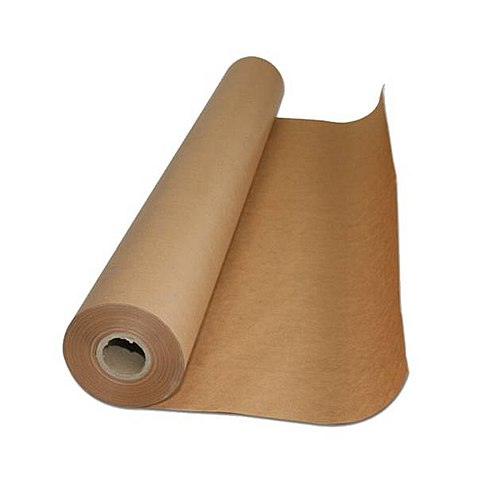





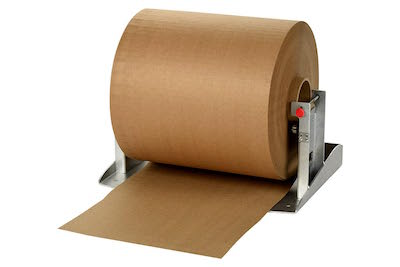


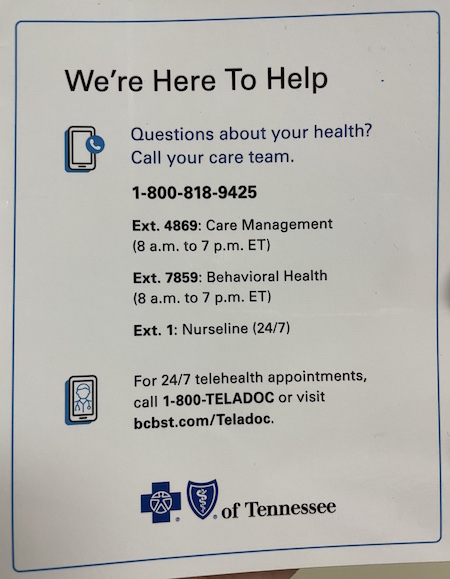

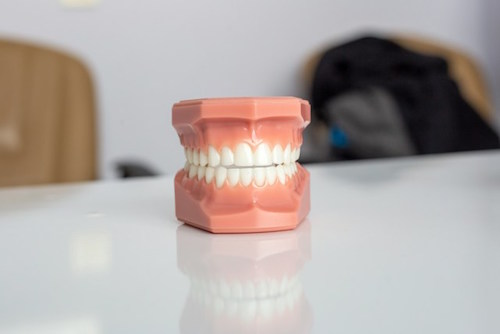









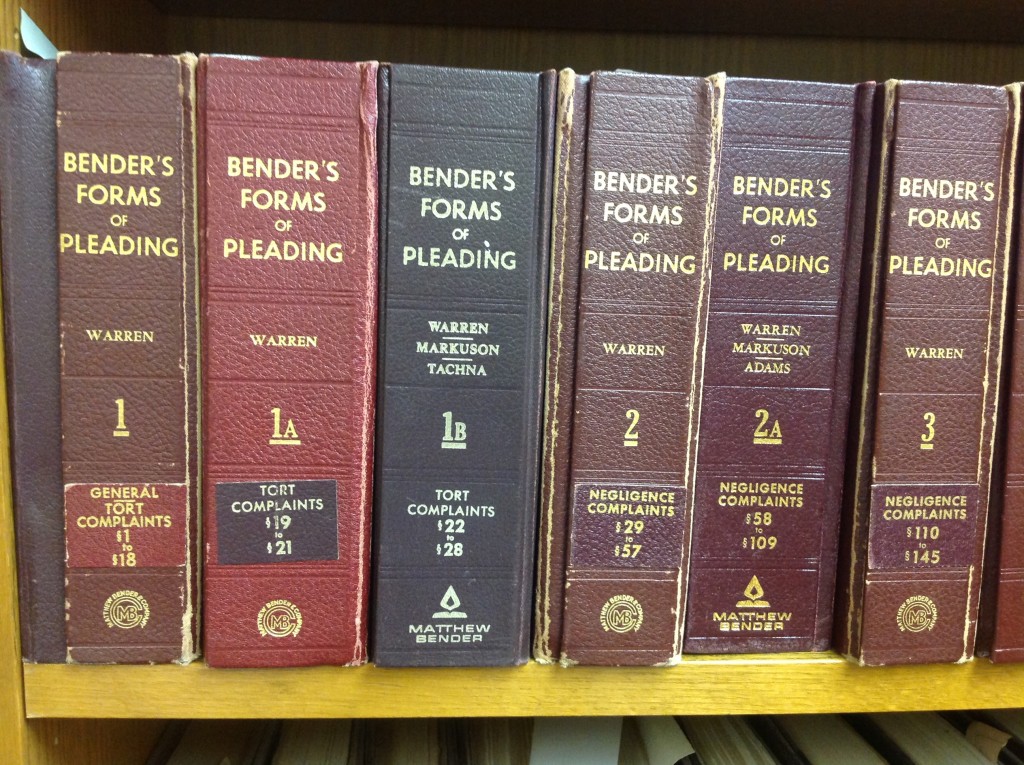

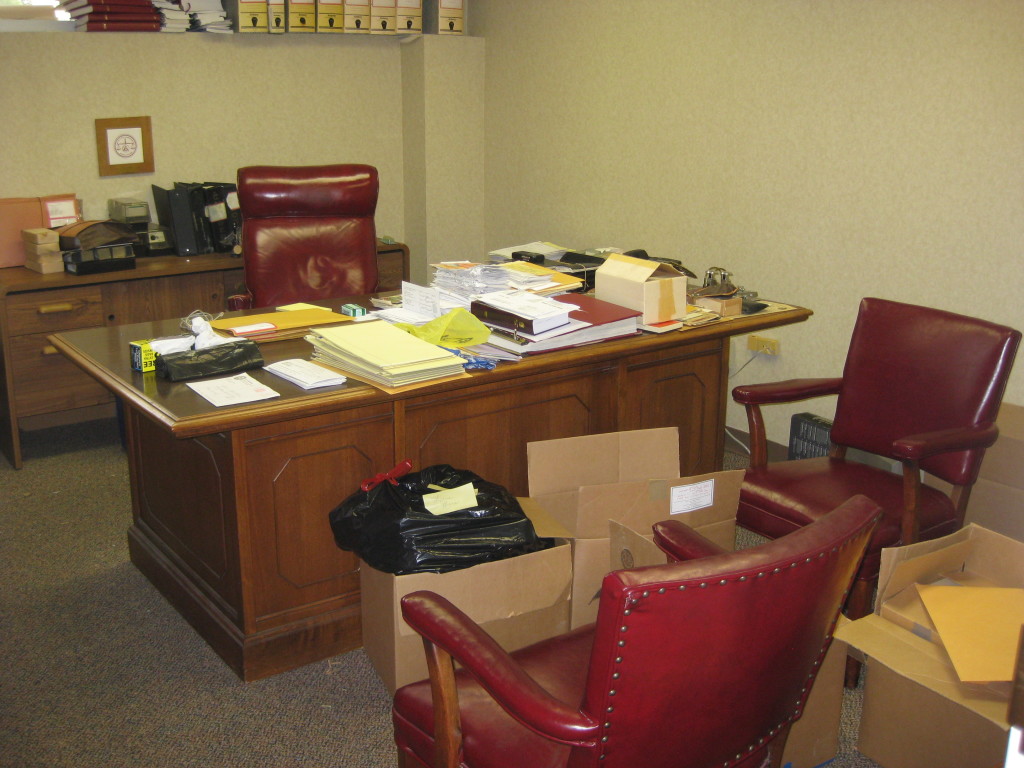
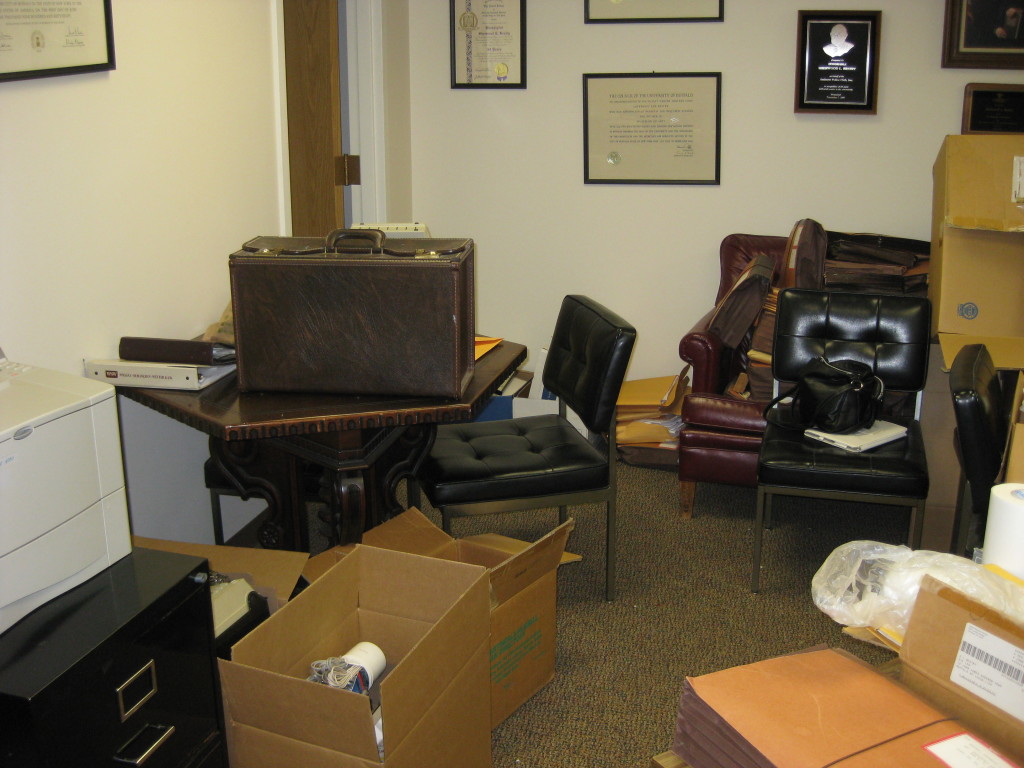

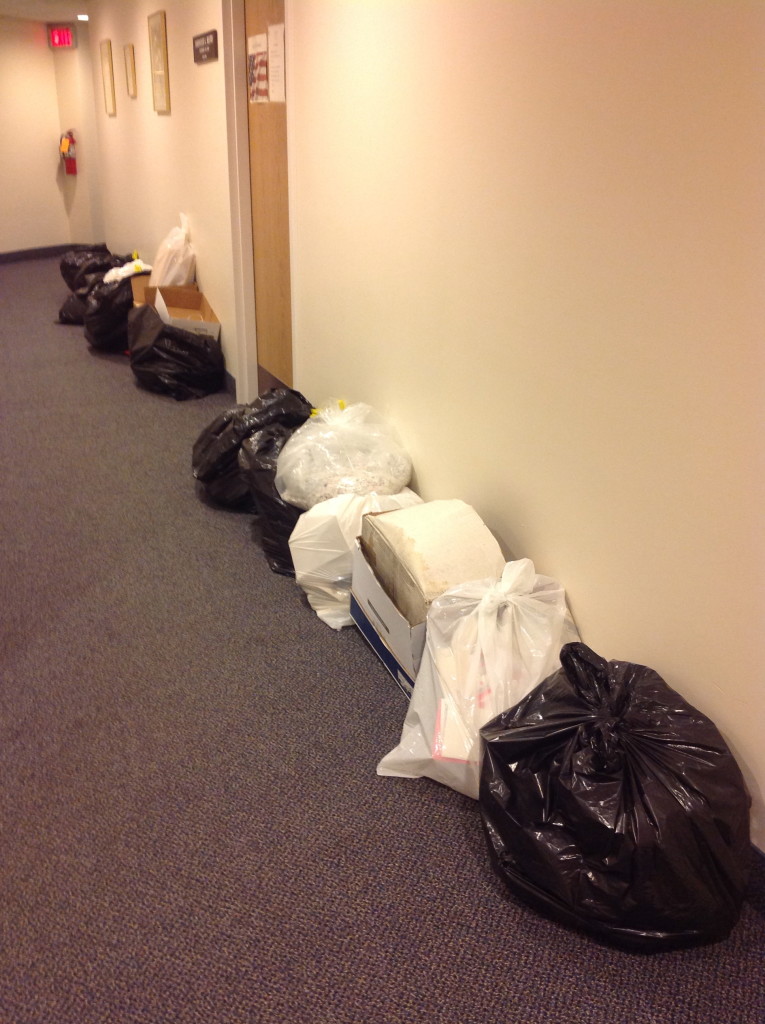
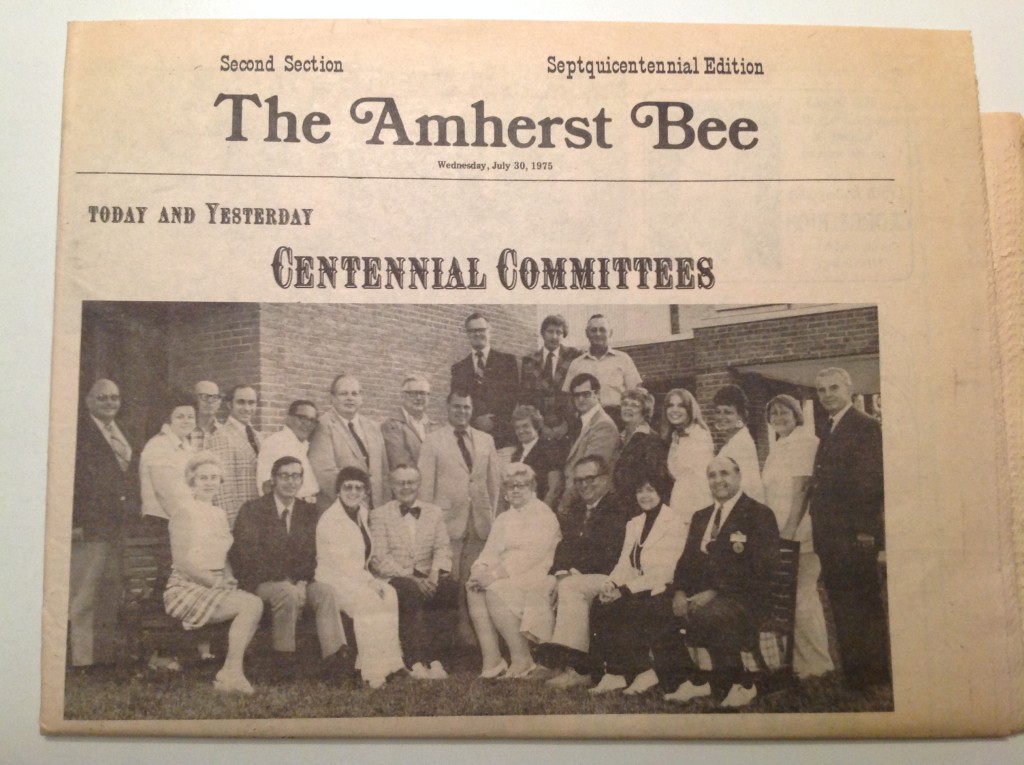
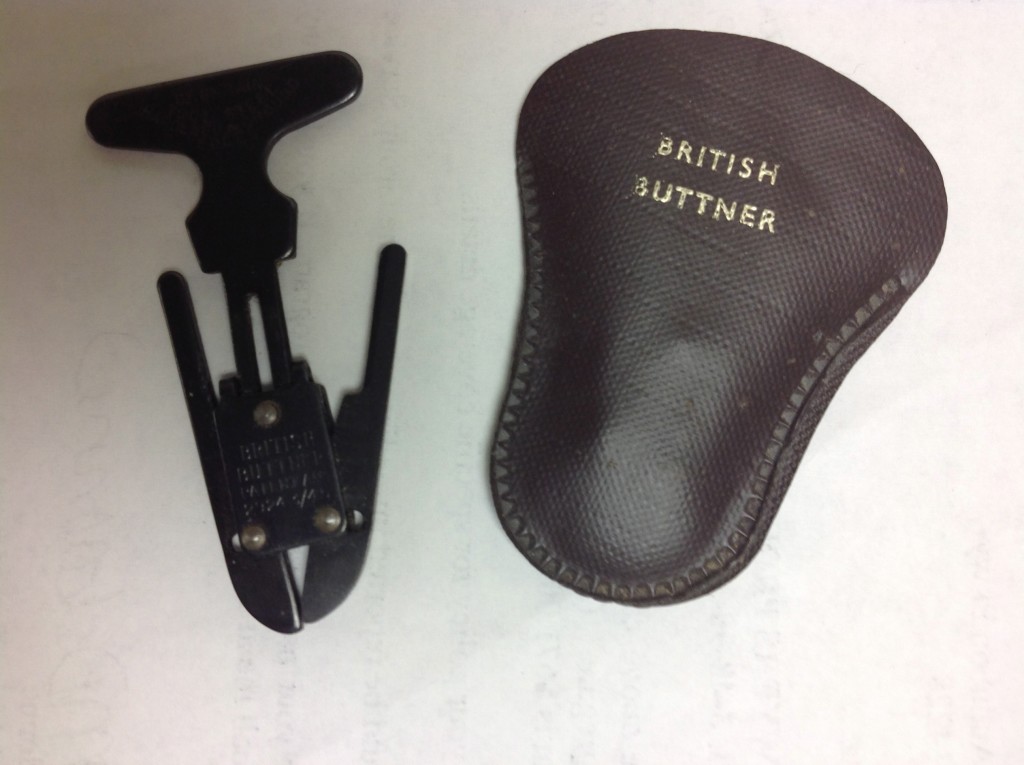
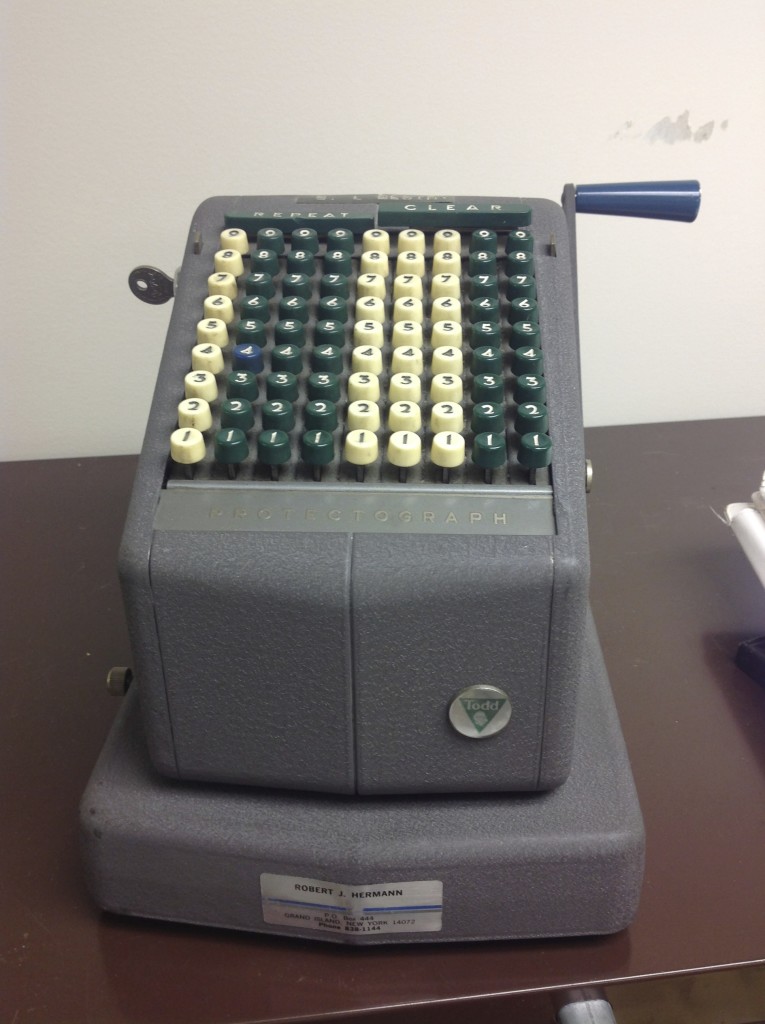
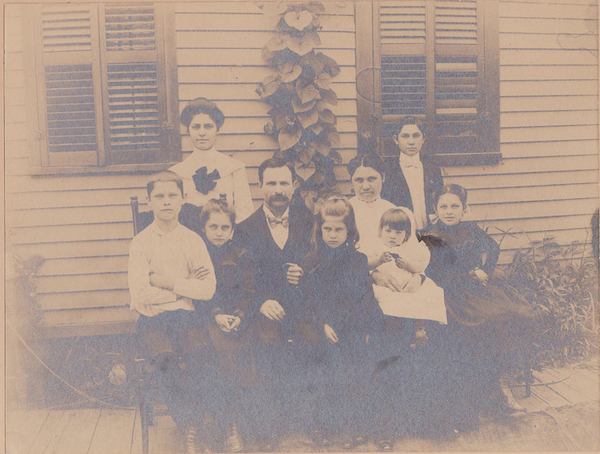
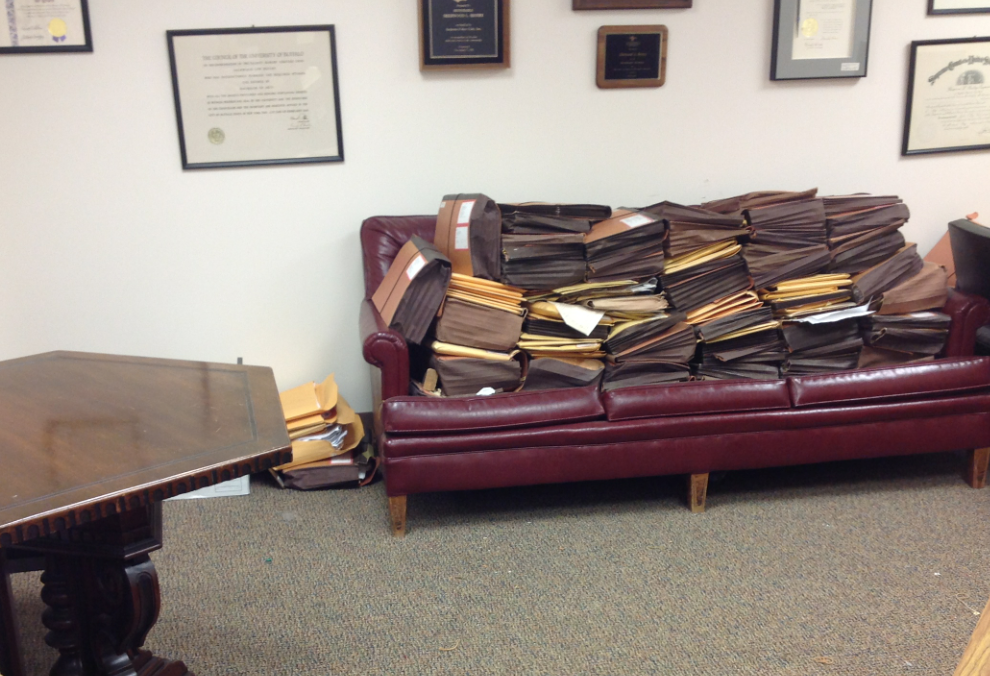



Follow Me